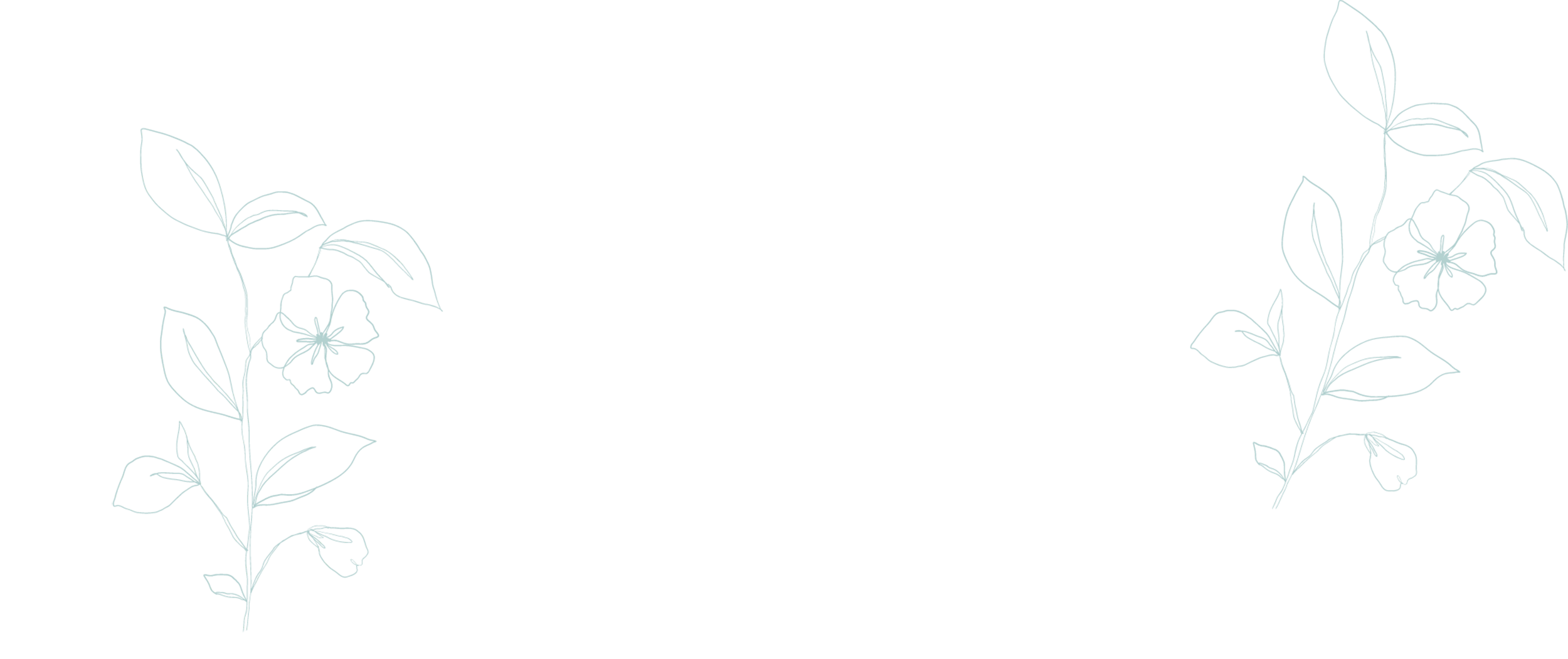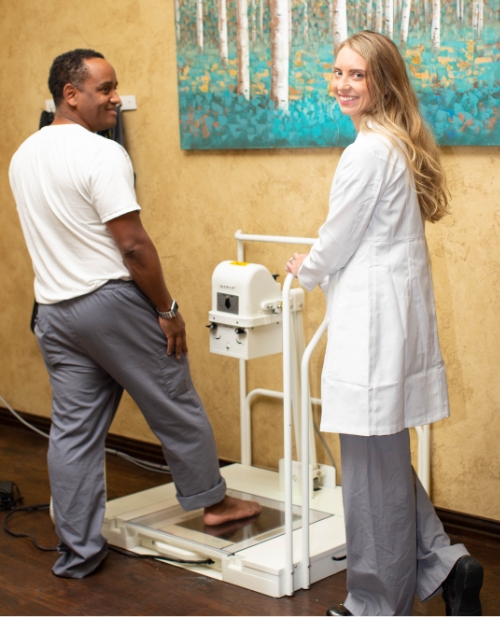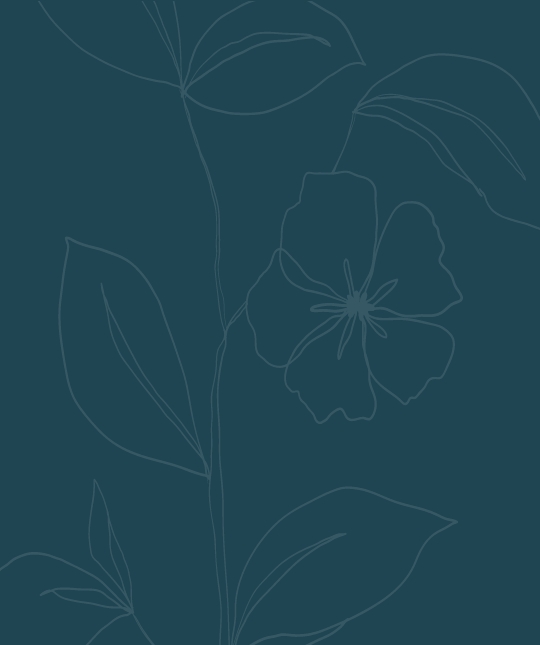
A callus is a thickening and hardening of the skin, usually under the ball of the foot, due to consistent pressure and friction in that area. This is your foot’s natural reaction and attempt to protect itself against additional stress, pressure, and friction.
The common causes for excessive calluses or blisters are:
- Tight footwear
- Bunions
- Hammertoes
If you have diabetes or another medical condition that causes poor circulation to your feet you may be at greater risk of complications from calluses.
The Difference Between a Foot Calluses, Blisters and Corns
Frisco patients often mistake foot calluses and blisters for being the same thing, however, there are differences. Blisters are smaller than calluses and typically have a soft center surrounded by inflamed skin. Blisters tend to develop on the parts of your feet that don’t bear weight such as the top and side of your toes, between your toes, and can be painful when pressure is applied.
Calluses differ from blisters because they typically form on the soles of your feet, especially under the heels and balls of your feet. Calluses are rarely painful though they are often larger in size than blisters.
Corns are smaller than a callus and typically have a hard center surrounded by inflamed skin. Corns tend to develop on the parts of your feet that don’t bear weight such as the top and side of your toes, between your toes, and can be painful when pressure is applied.
Symptoms of Foot Corn, Calluses and Blisters
The most common symptom of foot corn, calluses, and blisters include:
- Thick, rough, hardened skin.
- Hardened raised bump of skin on your toes or feet.
- Tenderness, redness, soreness, and pain under skin.
- Flaky, dry, waxy skin.
Treatment Options for Foot Corn, Calluses, and Blisters
Options for treatment may vary based on the length of time the calluses or blisters have been present and the severity of pain the corns, calluses, or blisters are causing. Common treatments include:
- Changing to more comfortable shoes.
- Wearing shoe supports and inserts.
- Padding and taping your foot to alleviate pressure and pain.
- Medication to help control pain.
- Prescription or orthotic devices to help with mobility.
Medical treatments for corns, calluses, and blisters include:
- Removal of the callus or blister to pare down the size of the growth.
- Salicylic acid patch to dissolve the blister or callus over time.
- Antibiotic medication to reduce the risk of infection.
- Custom made foot inserts or orthotics to prevent recurring blisters or calluses.
- Surgery if a foot deformity or injury is the cause.
Depending on the severity of your corns, calluses, or blisters and the cause, you may require surgical treatment to relieve symptoms.
Prevent Foot Calluses and Blisters
There are a number of ways to help prevent corns, calluses, and blisters from developing. Follow these simple suggestions to avoid problems:
- Wear socks, coverings, or pads to cushion your feet.
- Reduce friction and protect areas that rub against footwear.
- Buy shoes with a wide toe box.
- Check that your shoes have additional space between your toes and the end of your shoes.
For more information on treating corns and calluses contact our Frisco office at (214) 385-8822 to schedule an appointment with Board Certified Dr. Verville.





